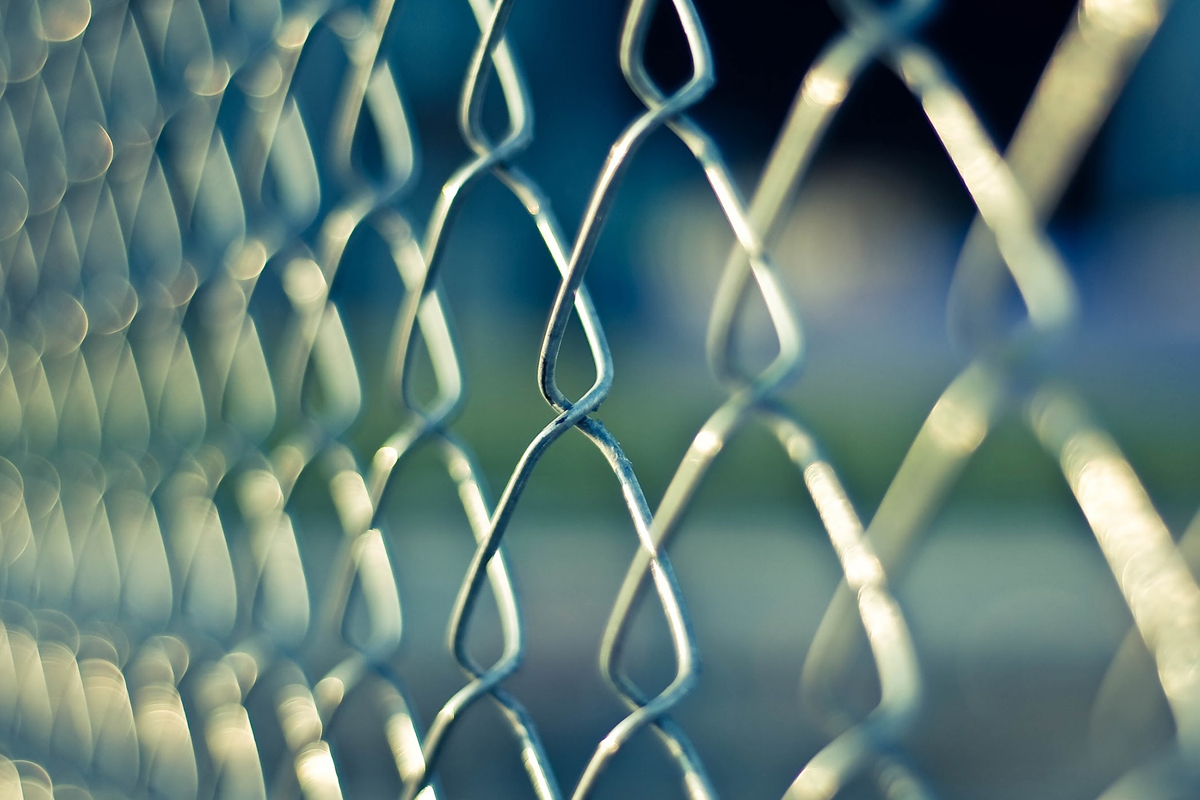Out of the frying pan, into the fire.
That’s the experience for an increasing number of former inmates who face homelessness upon release from prison. Studies have found incarcerated people are almost 10 times more likely to experience homelessness than the general public. Those who have been to prison just once experience homelessness at a rate nearly seven times higher than the general public. And people who have been incarcerated more than once have homelessness rates 13 times higher than the general public.
This isn’t a strictly American problem either. Statistics from the UK reveal that one in six former prisoners released between 2015 and 2018 were categorized as unsettled, a euphemism for living on the street or in a homeless shelter.
We should all have a vested interest in reintegration of ex-prisoners into housed society. So, what systemic issues are at play and how do we curb this trend? ?
Up a Creek, No Paddle
The exponentially higher rate of homelessness among formerly incarcerated people raises the chicken or the egg question. Are people more likely to be incarcerated if they’re homeless, or become homeless because they were incarcerated? The answer is both.
Andrew Neilson, who leads the Howard League for Penal Reform charity, states that stable housing is absolutely necessary to “staying on the straight and narrow. Prisons are being used for people who are too poor and too fragile to sort their lives out. But instead of us providing support, we’re spending billions each year policing them, criminalising them, and incarcerating them.”
Former inmates agree with Neilson’s sentiments.
One former offender says he was homeless many times after being released from prison. “I’d have to sofa surf with people I knew. But that pushed me back into old habits being around the same people. If I had come out and gone into a proper place to stay away from all that, I could have started fresh and done better.”
Of course, he could have. Providing a former addict with stable housing can help break the cycle. The alternative sets inmates up for predictable and cyclical problems, also known as the revolving door of prison.
It’s much more challenging for a former inmate to find housing than a member of the general population. Contributing factors include affordable housing shortages, use of credit checks, and costly security deposits. These factors quickly add up to an obstacle course impossible for former inmates to navigate.

Chart courtesy of prisonpolicy.org
Failed by the System
Ed Davey, the UK’s Liberal Democrats’ home affairs spokesman, isn’t shocked by high homelessness and reincarceration rates among former criminals.
“To prevent reoffending, prisons should be places of rehabilitation and recovery. That work must continue when offenders leave the prison gates. The thousands of people who have nowhere to go upon release are less likely to be able to get a job or have access to education or healthcare. It’s hardly surprising that some turn to stealing or even chose to go back to prison for the sake of a warm, dry bed. The criminal justice is fundamentally failing when people are reoffending just to get a meal or a place to sleep.”
Rehabilitation programs that do little to equip releasees for reentry into society undeniably contribute to this vicious cycle. However, they may very well be the keyholders to effect positive change.
Consider what began in the UK earlier last year. The Homelessness Reduction Act was passed in October 2018, which saw a portion of 1 billion-pound sterling go toward reducing homelessness among ex-prisoners. The act requires prisons and probation services to contact local authorities regarding released inmates at risk of becoming homeless. In its first year, homelessness declined. It also helped 50% more people stay in their homes. However, funding stops in 2020 leaving more questions than answers about how the act will continue to be tenable.
California’s San Quentin Prison, one of the largest in the country, offers the largest college education program in the state. Inmates enrolled in the Prison University Project can earn their associate’s degree for free. This improves their chances on the outside, and it works. A 2013 study found program participants were half as likely to return to prison than those who did not.
Unique Circumstances, Shared Interests
We should all help former inmates stay off the street. In terms of public safety and taxpayer dollars, the costs of ignoring this demographic are too high.
Back to the UK, Lindsay Ryder, director of housing and wellbeing at the Nacro substance misuse project, said we simply “cannot afford for [former inmates] to be held back by homelessness, a lack of essential medication or health support, a lack of ID or access to sufficient money, as these are essential basics required for people to successfully reintegrate back into our local communities.”
MP Rory Stewart agreed, pointing to reformation as integral to public safety. “It is protecting all the potential victims of their crime — and reducing the burden of reoffending that costs the public £15 billion a year.”













